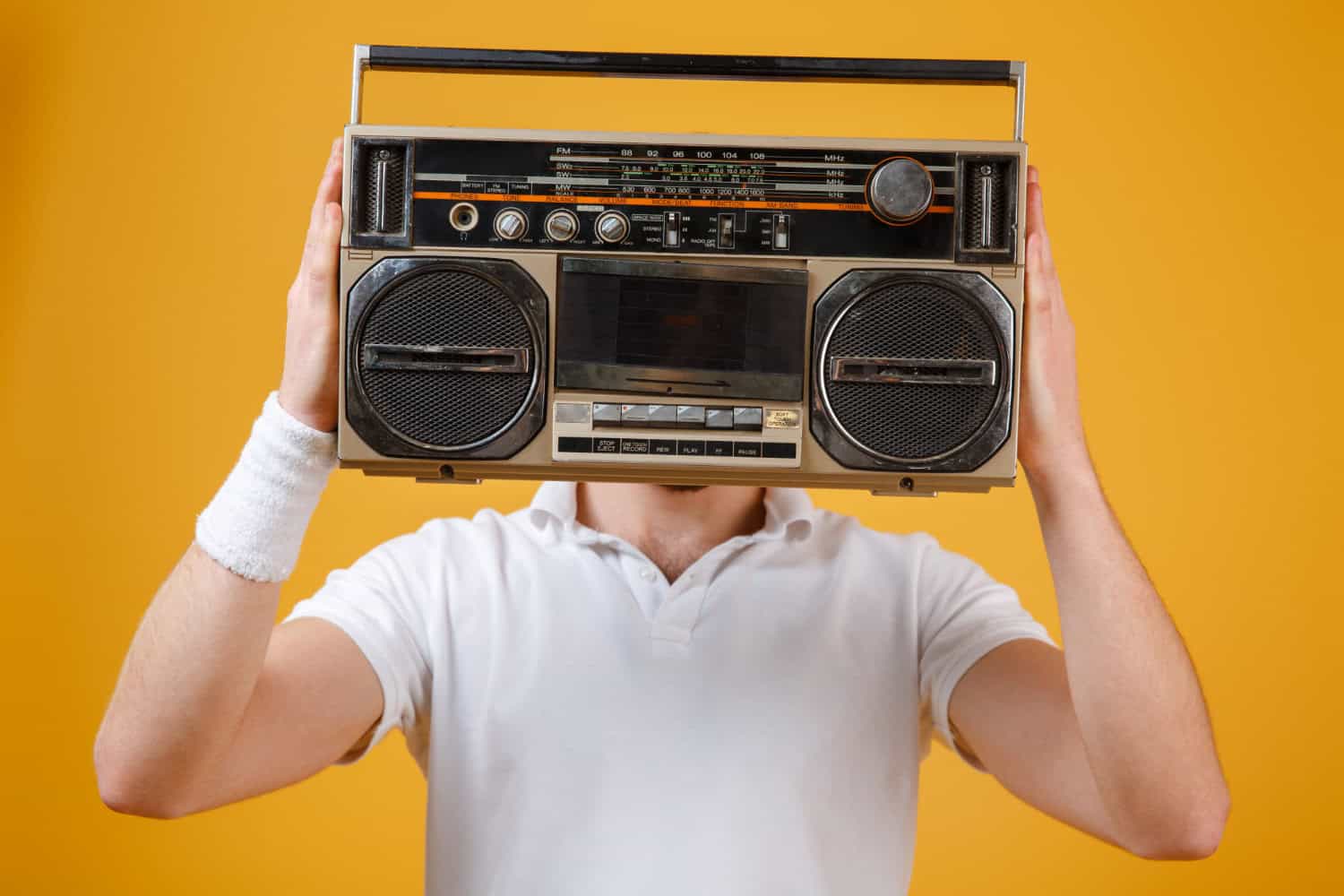Instagram might not be the first place electricians think about for reaching new customers, but it’s an easy and friendly way to stay visible in your neighborhood. What makes it useful is how fast it works. A short clip, a clear image, or even a helpful seasonal tip can grab the right eyes, especially when it’s built with your local audience in mind.
Simple, sharp visuals do better than wordy, text-heavy graphics. That’s where planning ahead helps. Using visuals made with a green screen studio rental in Cincinnati can make your ads stand out without needing complicated edits. Whether you want to show power outages during winter storms or tips for saving energy, adding visuals gives your message clarity.
While Instagram can often feel crowded, standing out with meaningful, well-planned visuals helps keep your posts visible to local customers, especially when they are already searching for solutions. A well-prepared post also builds trust more quickly with your audience, since people can immediately see you are both professional and knowledgeable.
Know Your Local Audience
Before hitting “boost” on a post, it helps to think about who you want to reach nearby. Most electricians work with a mix of:
• Homeowners who need quick help with outlets or lighting
• Landlords and property managers who want fast, reliable service
• Small business owners keeping their shops powered and safe
Knowing your local audience will guide not only the images you use, but also the language and style of your posts. If your ad includes something they recognize from the neighborhood, maybe a street sign, the local diner, or a seasonal change like falling leaves, it feels more personal. You don’t need much. One image or video that fits their daily life can do more than a pile of tech facts.
Try keeping videos short, under 30 seconds, with a calm, helpful voiceover or music. When people are scrolling, they stop for things that feel friendly, real, and grounded in their world. Users on Instagram respond more to authentic messages, so a relaxed approach often works best.
Setting Up a Business Profile That Works
Before running any ads, it’s key to make sure your Instagram profile is ready to go. Setting it up only takes a few steps, and once done, it makes it easier for customers to reach you quickly.
• Choose the “Business” account option so you get access to ad tools and post insights
• Write a short, clear bio that says what you do and where you work
• Use a contact button so someone can call or message you without guessing
• Add a local hashtag or your city name in the bio (like #CincinnatiElectrician), so nearby people find you during searches
Think of your page like a store window. It doesn’t have to be full of everything you offer, but it should be easy to understand and friendly at first glance. Consider updating your profile picture with your logo or a clear photo of yourself, so people know right away who they are talking to. A professional but personal profile helps build a sense of trust and reliability.
The highlights section of your profile can also showcase important information, such as common services, customer reviews, or seasonal promotions. Saving helpful stories here means users can get to know your business quickly, even if they missed your recent posts.
Building a Strong First Ad
Your first ad doesn’t need to be complicated. It just needs to clearly say what you do and how you help. Start simple. A post about a service call you often get works well, like checking circuits before the cold sets in or installing timers for outside lights.
Short captions help a lot. Try a voice that feels like a helpful neighbor, not a billboard. Something like “Keeping your lights on this winter? We’ve got it handled” can feel warmer than too many tech words.
If you want that first ad to stand out when people scroll, adding visuals from a green screen studio rental in Cincinnati can help. It lets you drop in a holiday background, a cold-weather visual, or even a quick title screen, without needing to shoot on location. Clean visuals help ads feel more polished, even if the tone stays personal.
Share your expertise simply, addressing local needs and using images that make your service relatable. For example, include reminders about common winter electrical problems, or offer a tip for staying safe during storms. The goal is to both educate and encourage contact in a confident but approachable way.
Keeping Your Ads Fresh Through the Seasons
Seasons change, and your posts can too. Fall and winter often bring more calls for cold-weather fixes, so it’s a good time to remind people what to watch for. Even just updating photos to match the season can keep your page from feeling stale.
• Swap out summertime images for holiday lights, cozy indoor spaces, or weather hints
• Reuse older posts that worked before, just update the image or change a few words
• Focus ads in late fall or early winter, when more homeowners are thinking about their heating or planning for guests
When your content feels timely, it shows you’re tuned in to what’s happening outside. That helps drive more clicks, even from people who didn’t plan to call yet.
You can also schedule posts to match key dates, like the start of winter or major holidays. Adding variety in your visuals and message allows your business to stay visible and relevant in your community’s mind.
Why Local Electricians Should Keep Instagram in the Toolkit
Instagram works best when it stays simple. A few clear pictures, an easy-to-read bio, and posts that feel like they belong in your area, that’s the goal. You don’t need constant posts. Just keep your page from going quiet for too long, and post things you’d want to see if you were in your customers’ shoes.
The biggest benefits come from showing up with a warm tone and clean visuals. And when those visuals come from a better setup, like renting a studio when needed, it’s easier to get quality without a big production. People want to feel like they know who they’re calling. That’s what strong posts can do. Keep it real, keep it local, and stay ready to help.
Make sure you interact with your audience by responding to comments and messages. This two-way communication not only builds loyalty but also encourages future referrals. Encourage satisfied customers to tag your business or share photos of completed work, so your page becomes even more community-focused.
Killerspots Agency offers green screen studio rentals with professional lighting and versatile backdrops, making it easier for local businesses like electricians to create standout winter ads for Instagram. Our Cincinnati location provides fast editing, post-production support, and creative guidance so your message feels timely and distinctive in your market.
As your business gears up for the winter season, let Killerspots Agency help you create Instagram ads that uniquely capture the spirit of your services. With our green screen studio rental in Cincinnati, you can produce professional, eye-catching visuals that resonate with your local audience. Elevate your brand presence and connect with potential customers through engaging, polished content that reflects the quality of your work. Reach out to us and make your ads stand out this winter.












